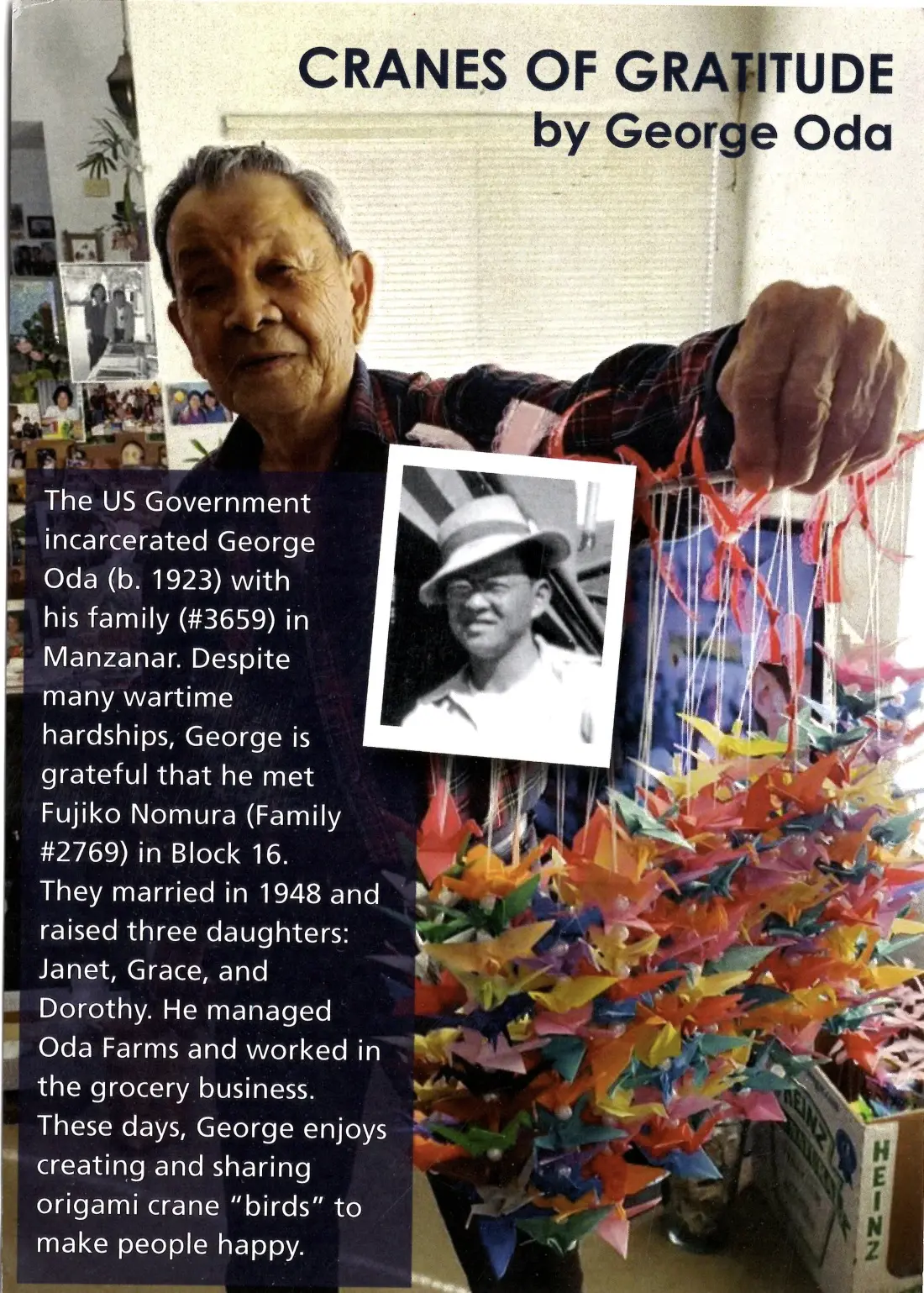The pandemic impacted everyone, even those of us living close to nature, who had space to roam and create. Stressful times, for sure. Trying to adapt to public-health needs, as well as personal limitations, meant less time in-the-field, and more time in my head.
The DaoDeJing book continues good reception in mainland China, although it was intended for the Anglo-world, in its approach and language. I delivered one video lecture in China, at an international conference, and participated as an “Introducer” for another zoom-panel there as well. Much of the academic work revolved around the book’s photo-art, which functions as the “backbone” of the translation narrative. So many years of experiencing images, and trying to record them, it sometimes seems like eons compressed into decades.
Most of my current work has been close-to-the-farm, as travel is so physically demanding on my energy. But, that’s the reason we’ve nurtured this wee slice of earth for so many years, so we can explore intensively, if not travel extensively. The contrast of Intensive/Extensive carries within it the rhythm of 陰 陽 (yīn yáng), which is a “focusing/diffusing” energy of possibility-actuality dynamically-transforming at each moment. In other words, I have to stay “internally- focused” while I work to establish “external-focus” on subject-composition-exposure-meaning.
Yes, we all do that, but as age encroaches, more effort is required.
This summer we should be returning to hosting Retreats here at Briar Knob Farm. We’ve missed those public gatherings over the Covid-period. We, of course, practice caution and respect, but with vaccines and awareness, we hope to re-enter that sharing-space with others here in nature.
We’ve also added another feature to the website purchasing-options. “Fine Art America” offers a wide variety of reproductive media for my images, so we decided to explore those possibilities, and offer them to website visitors as well. See what you think, and let us know.
The months become blurs, and it seems like just yesterday, when it’s actually been more than a year ago, when I happened to read in John Sexton’s newsletter (www.johnsexton.com) about the recent republication of Ansel Adam’s extraordinary book Born Free and Equal (originally published in 1944). It has been digitally re-mastered and re-released by the Eastern Sierra Interpretive Association (www.esiaonline.org). Since I had always wanted to add this volume to my photo-library, but couldn’t afford the $400+ asking prices for a first-edition, I jumped at the chance and placed my order.
When the book arrived, I was in for a surprise quite unlike anything I had expected. The book itself was beautiful, as it should be, and the images, digitally enhanced, had a luster and depth that you could “feel.” But there was something else.
The subject of the volume is the sad-tragic story of one of our darkest mistreatments of American citizens ever recorded in history. As WW-II broke-out, the US Government made the conflicted decision to incarcerate Japanese-Americans in concentration camps, uprooting families and whole neighborhoods in the process.
These fellow-citizens were herded from their homes and businesses and transported to bleak, inhospitable landscapes where they were forced to re-constitute their living under extremely harsh and unwelcoming conditions. The eastern side of the Sierra Nevada range is high-elevation desert, and one of those concentration camps, Manzanar, is known to those of us who grew-up in SoCal, traveling through the Owens Valley en-route to hiking-climbing-photo excursions into the mountains there.
Ansel recorded the dismal images of Manzanar in his heart, and in his soul. As you read his book, and view his images, your heart and soul are affected too.
The radical surprise was what else came in the box with the book.
Inside the box was a photo-card introducing a piece of artwork: a beautiful set of colored-paper Origami cranes, strung on a thin monofilament for hanging, so they could be viewed all together. These cranes are the loving artwork of a man who was incarcerated in Manzanar, George Oda, at sixteen years old. After the war, when his family and friends returned to start their lives again, George found work on his family farms, and eventually started creating these “Cranes of Gratitude” as a way of dealing with his childhood as an adult, grateful for living and loving.
My wife and I were stunned by the simple beauty, and elegant, sophisticated artistry of George’s gift. Our hearts swelled, and cried, too.
Through the kind folks at the Eastern Sierra Interpretive Association, we managed to communicate with George’s daughter, Dorothy, and then with George himself. He turned 99-years in December 2022, and he’s still creating Cranes of Gratitude! Dorothy sent us some, and we boxed them with copies of this card, and have gifted them to friends and family, and our local Arts Association.
We have Ansel to thank, too. It was his feeling-creativity that inspired the whole sequence of events. And a special “Thanks!” to John Sexton and his wife, Anne Larsen, for sharing the great news about Ansel’s book with the larger photo-family.
If any of you have the urge, buy the book. Marvel at Ansel’s art, and immerse yourself in George’s gift of Gratitude. Both will enlarge your heart…

